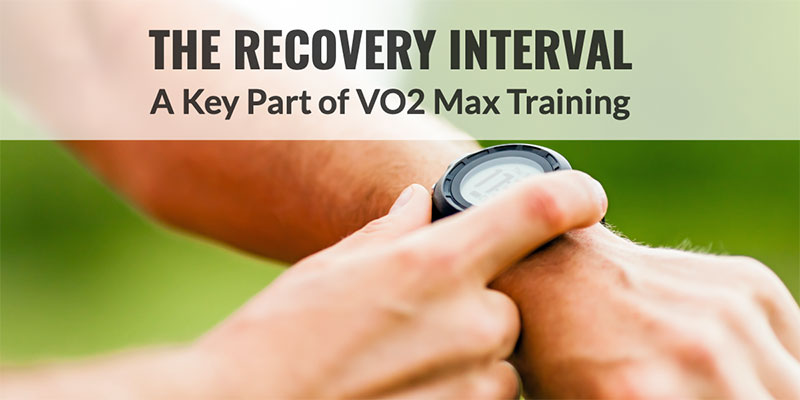High-intensity interval training (HIIT) has emerged as a vital method for endurance athletes seeking to enhance their fitness, health, and overall performance. While most experienced athletes understand the importance of structuring their work intervals—balancing intensity, duration, and volume—recovering effectively between these intervals often receives less attention. The significance of the recovery interval cannot be overstated; it plays a fundamental role in maximizing the benefits of high-intensity sessions.
To effectively utilize HIIT for improved performance, it isn’t solely about how hard one can push during the work intervals; the nature of the recovery also significantly influences outcomes. Recovery intervals can be categorized into two types: passive and active. Passive recovery entails complete rest, while active recovery is characterized by low-intensity exercise. Each carries its own advantages depending on the workout’s goals and the specific demands of the sport involved.
With regard to endurance performance—especially in aerobic-oriented workouts—active recovery strategies are generally found to be superior. They promote greater aerobic adaptations, enhancing both VO2max and the velocity at VO2max. Studies suggest that when athletes engage in light, continuous activity during recovery, they experience an increase in interval performance alongside improved aerobic energy utilization. Moreover, active recovery seems to optimize metabolic responses, leading to notable hormonal benefits, like increased levels of testosterone and growth hormone.
For endurance athletes involved in prolonged training or racing, attention to the recovery intervals can make a significant difference in overall performance, particularly in terms of gut tolerance and fueling strategies. While undergoing high-intensity work, it’s crucial to refine a fueling strategy that accounts for energy demands without causing gastrointestinal distress. In these intervals, athletes often have to balance their need for carbohydrates to sustain energy versus their ability to tolerate those carbohydrates during exercise. Active recovery strategies can assist in managing gut comfort by promoting gastrointestinal motility paired with optimized energy delivery.
Additionally, hydration plays a pivotal role during and after interval workouts. Adequate hydration, starting well before the session, supports metabolic processes and recovery. For long-duration efforts, where maintaining energy levels becomes critical, the timing of hydration practices must be tailored. Athletes should consume electrolytes to counteract losses from sweat while also testing various carbohydrate drink concentrations to understand gut tolerance under varying conditions.
Training for endurance also means focusing on metabolic efficiency, ideally leading to the body’s ability to utilize fat as a primary fuel source over glycogen. During training sessions, especially those incorporating interval workouts, athletes should fine-tune their nutritional practices to shift their metabolic reliance toward fat oxidation. This may require variations in macronutrient intake pre-training and careful consideration of what and when to eat surrounding high-intensity efforts.
When considering practical applications, the recovery interval should not just be an afterthought between high-intensity bursts. The effectiveness of recovery intervals directly influences the intensity of subsequent work intervals. Therefore, athletes looking to optimize performance should note that shorter passive recoveries might increase interval intensity yet could compromise total work completed. In contrast, active recoveries, even if they don’t lead to maximal work output during high-intensity efforts, can maintain workout intensity and provide substantial aerobic benefits over time.
Ultimately, a strategic focus on recovery optimization can become a defining aspect of training and racing effectiveness. Athletes should evaluate personal responses to both active and passive recovery frameworks during their training cycles to establish which method best complements their fitness level and race demands.
A realistic takeaway for endurance athletes is to incorporate structured active recoveries into interval training sessions while monitoring how these strategies affect both performance and gut comfort. This methodological approach can enhance the overall efficacy of workouts, leading to improved endurance performance in challenging conditions.
